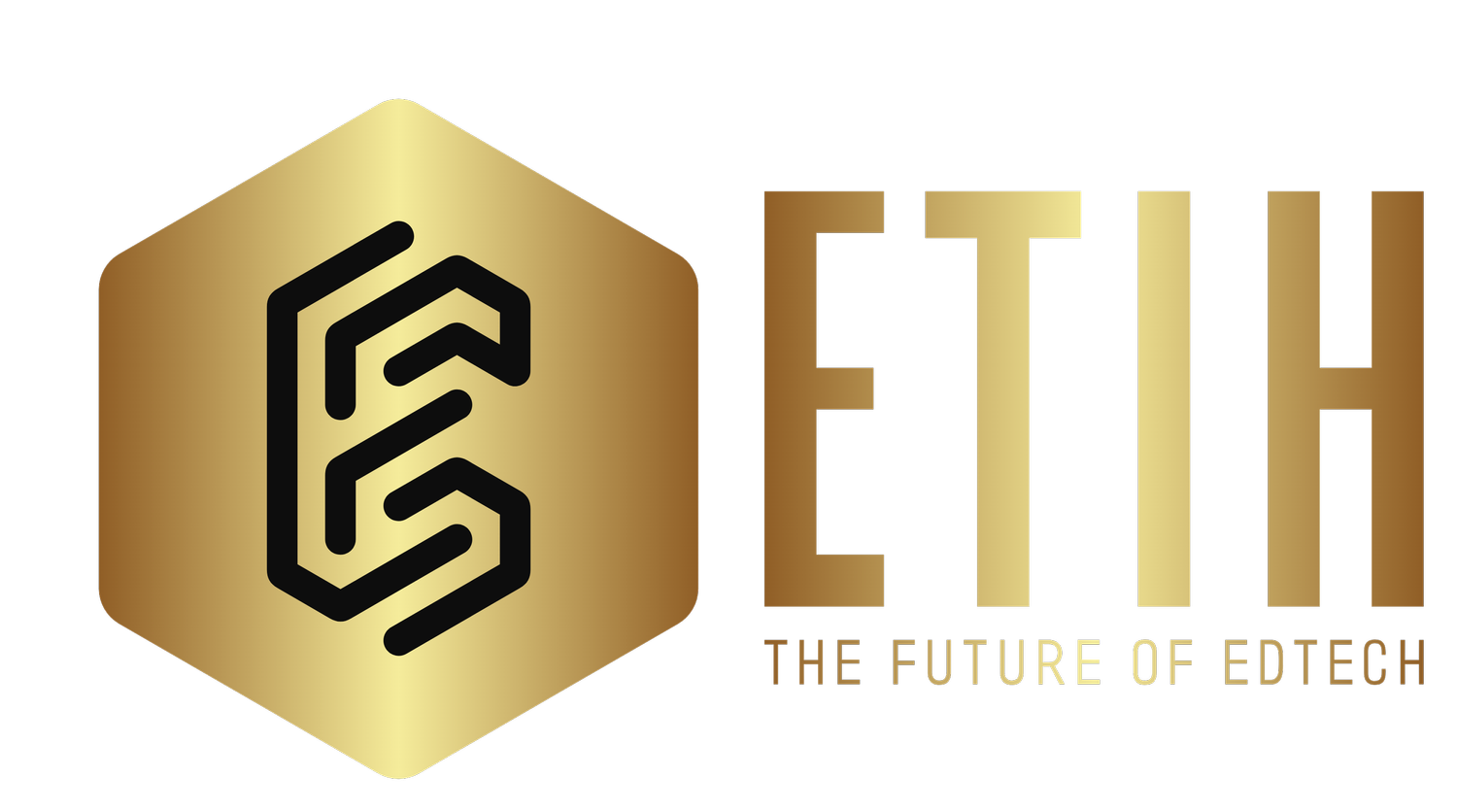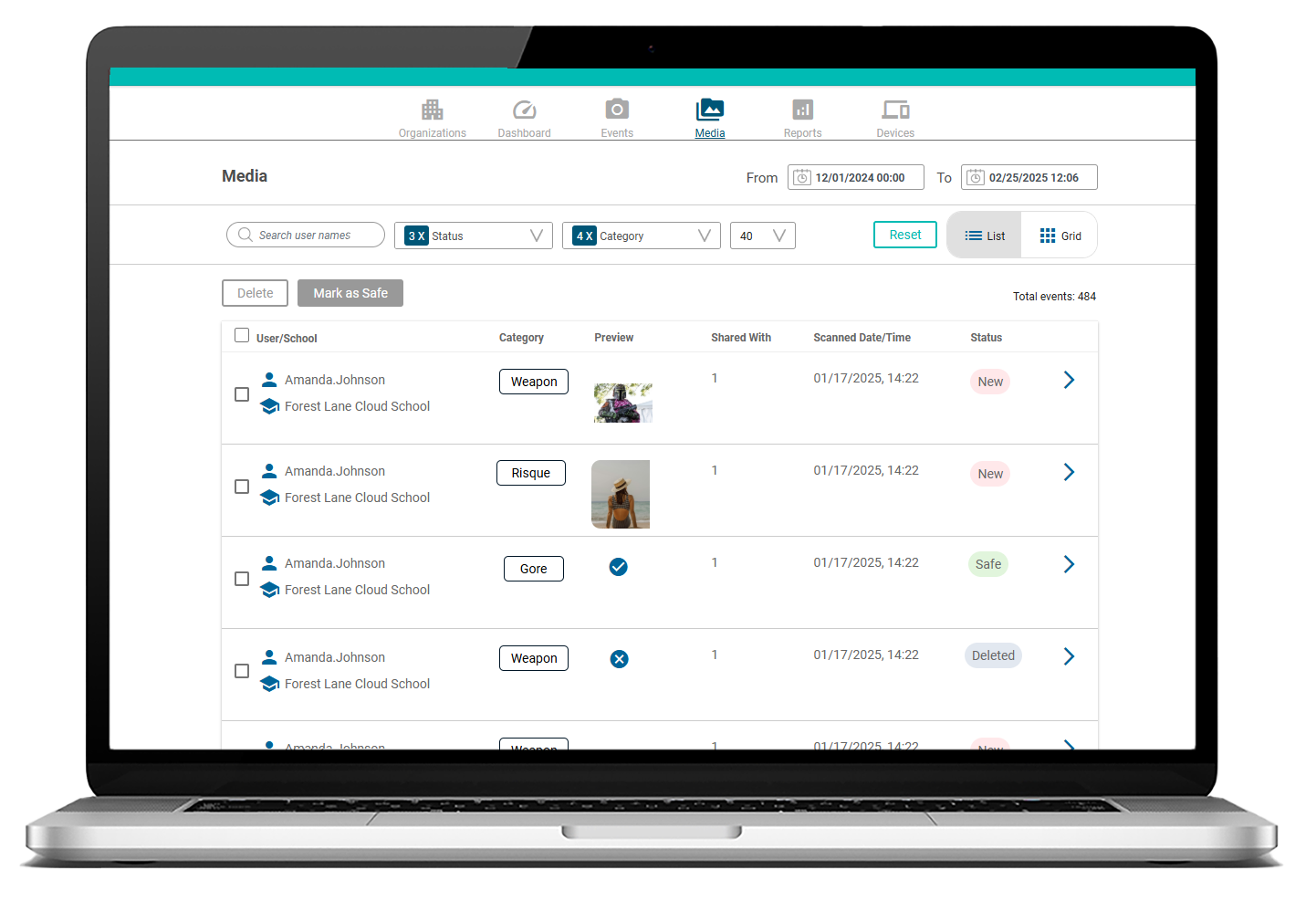Wiley study examines AI’s growing role and challenges in academic research

Wiley has published ExplanAItions, a study examining the role of artificial intelligence in academic research. Based on insights from nearly 5,000 researchers worldwide, the study analyzes AI adoption trends, barriers to use, and the expectations researchers have for publishers in supporting responsible AI integration.
The study reviewed 43 AI use cases across different research processes, disciplines, and geographic regions. Findings indicate that while researchers recognize AI’s potential to enhance research efficiency, its use is primarily concentrated in a few key areas. The study also highlights regional and disciplinary variations in AI adoption, as well as common challenges that limit its broader use.
Key findings
AI Adoption and regional differences – AI usage varies by country, with China (59%) and Germany (57%) reporting higher adoption rates than the global average of 44%.
Challenges in AI use – More than 60% of researchers cite the lack of clear guidelines and training as major barriers to increased AI adoption.
Disciplinary trends – Computer Science and Medicine have the highest proportion of researchers who identify as early AI adopters, at 44% and 38%, respectively. Life Sciences researchers are more cautious, with only 27% identifying as early adopters.
Role of publishers – Around 70% of researchers believe publishers should provide guidance on AI usage in research and help address ethical and technical challenges.
Development of AI guidelines
In response to the study’s findings, Wiley is creating AI guidelines for authors. These guidelines, developed in consultation with researchers, editors, and AI specialists, will outline best practices for the responsible use of AI in academic writing and research. The guidelines are expected to launch in the coming months.
Jay Flynn, Wiley EVP & General Manager, Research & Learning, said the study highlights the need for clearer AI guidelines:
“Our study reveals a striking pattern – while researchers are eager to embrace AI's benefits, they face significant barriers including a lack of clear guidelines on acceptable use.
“We’ve heard researchers loud and clear. We're committed to supporting authors as they navigate this transformation and will offer guidance on how to use generative AI tools with greater confidence.”




















